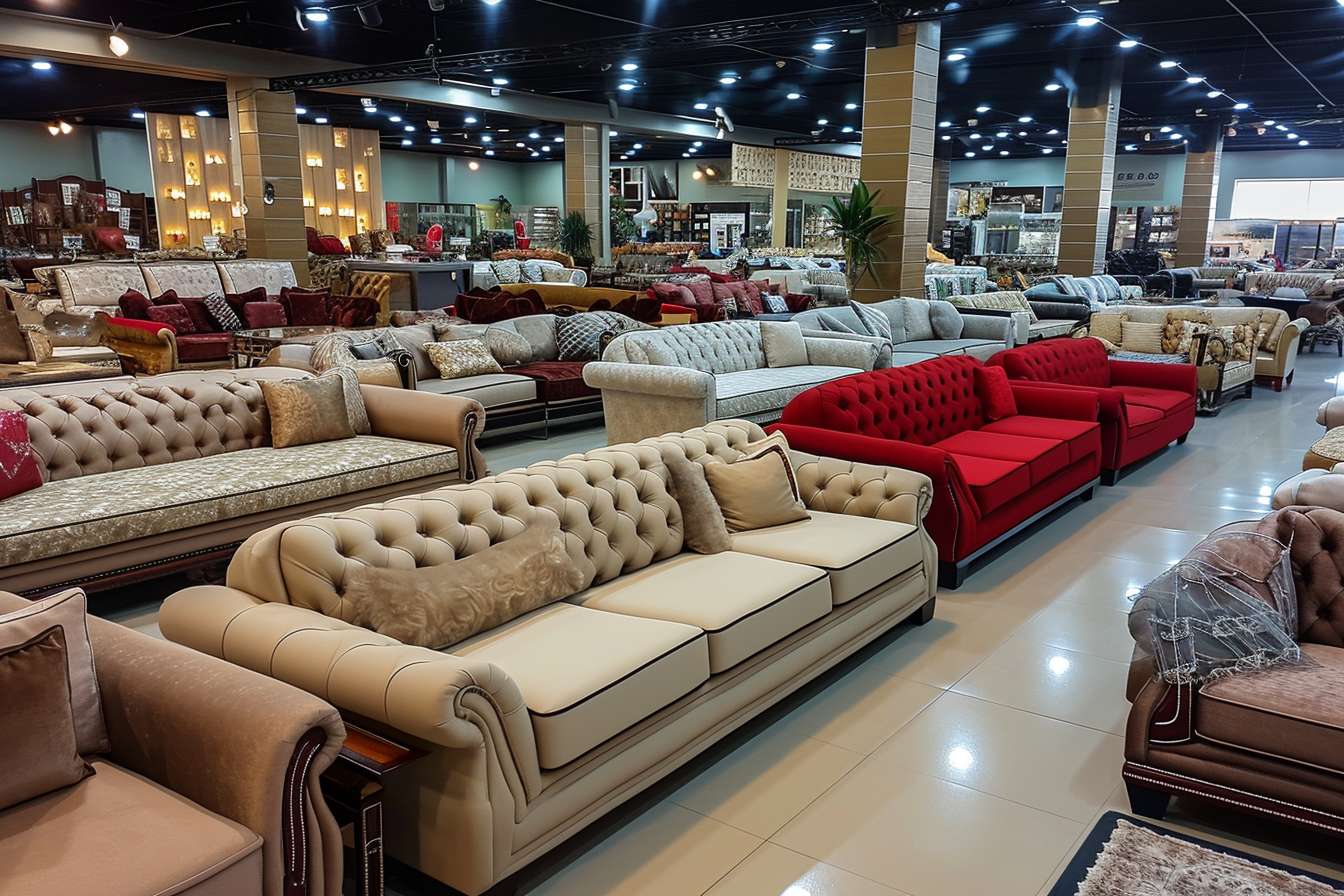Explore helpful tips on choosing sofas
Selecting the right sofa involves more than simply picking a design that catches your eye. From evaluating dimensions and construction quality to understanding upholstery materials and support systems, each decision impacts both comfort and longevity. Whether you're furnishing a cozy apartment or a spacious family room, informed choices lead to better satisfaction and value over time.

Finding the ideal sofa requires careful consideration of multiple factors that affect both functionality and aesthetics. A well-chosen piece serves as the centerpiece of your living space, providing comfort for daily relaxation, accommodating guests, and complementing your interior design. Understanding the key elements that distinguish quality furniture from mediocre options empowers you to make decisions that align with your lifestyle, budget, and spatial requirements.
Discover various sofa styles
Sofa styles range from traditional to contemporary, each offering distinct visual appeal and functional characteristics. Sectional sofas provide modular flexibility, allowing you to configure seating arrangements that adapt to different room layouts and entertaining needs. Chesterfield designs feature deep button tufting and rolled arms, delivering timeless elegance suited to formal settings. Mid-century modern pieces emphasize clean lines, tapered legs, and minimalist profiles that work well in compact spaces. Sleeper sofas incorporate hidden mattresses, transforming living areas into guest accommodations without requiring dedicated bedroom space. Loveseats and apartment-size sofas cater to smaller footprints while maintaining comfortable seating for two. Understanding these categories helps narrow your search based on aesthetic preferences and practical requirements.
Understand fabric options for durability
Upholstery material significantly impacts both appearance and longevity. Natural fabrics like cotton and linen offer breathability and softness but may require more frequent cleaning and show wear patterns faster than synthetic alternatives. Microfiber provides excellent stain resistance and durability, making it ideal for households with children or pets. Leather upholstery develops character over time, resists spills effectively, and requires minimal maintenance beyond occasional conditioning. Performance fabrics combine synthetic fibers engineered for high traffic environments, offering fade resistance, moisture repellence, and easy cleaning. Velvet delivers luxurious texture but demands careful maintenance to prevent crushing and staining. When evaluating fabrics, consider the Martindale rub test ratings, which measure abrasion resistance—residential furniture typically requires ratings between 15,000 and 30,000 rubs, while commercial applications need higher thresholds. Thread count, weave density, and finish treatments further influence durability and maintenance requirements.
Evaluate support features for comfort
Internal construction determines how well a sofa maintains its shape and provides consistent support over years of use. Frame materials form the foundation—kiln-dried hardwood frames offer superior strength and longevity compared to softwood or particleboard alternatives. Corner blocks, doweled joints, and reinforced connections indicate quality craftsmanship that withstands regular stress. Suspension systems vary widely in comfort and durability. Eight-way hand-tied springs represent premium construction, distributing weight evenly and maintaining resilience. Sinuous springs provide reliable support at moderate price points, while webbing or elastic straps appear in budget-friendly options but may sag prematurely. Cushion fill affects both initial comfort and long-term performance. High-density foam cores wrapped in softer layers balance support and plushness. Down and feather fills deliver cloud-like softness but require regular fluffing to maintain shape. Memory foam conforms to body contours, though heat retention may concern some users. Seat depth, back height, and arm style influence ergonomic comfort—testing these dimensions in person ensures compatibility with your body proportions and sitting preferences.
Find the perfect fit for your space
Accurate measurements prevent costly mistakes and ensure proper room flow. Measure doorways, hallways, stairwells, and elevators along the delivery path, accounting for the sofa’s largest dimensions when angled during maneuvering. Calculate available floor space, leaving adequate clearance for traffic patterns—designers recommend maintaining at least 30 to 36 inches of walkway space around furniture. Consider sight lines from entryways and adjacent rooms to ensure the sofa enhances rather than obstructs visual flow. Scale matters significantly—oversized furniture overwhelms small rooms, while undersized pieces appear lost in expansive areas. Create a floor plan using painter’s tape or cardboard templates to visualize proportions before purchasing. Account for additional elements like coffee tables, side tables, and media consoles, ensuring cohesive arrangement without crowding. Wall clearance affects reclining mechanisms and allows air circulation behind upholstered pieces, preventing moisture accumulation and extending fabric life.
Get practical tips for informed choices
Research manufacturers and retailers thoroughly before committing to purchases. Read customer reviews focusing on delivery experiences, construction quality, and long-term satisfaction rather than isolated complaints. Verify warranty coverage, understanding what components receive protection and for how long—reputable manufacturers typically offer five to ten years on frames and one to three years on cushions and fabrics. Test sofas in person whenever possible, sitting in various positions for at least ten minutes to assess true comfort levels. Examine construction details by lifting corners to gauge weight, checking underneath for frame materials and joinery methods, and inspecting seams and stitching for consistency. Request fabric samples to evaluate colors and textures under your home lighting conditions, as showroom illumination often differs dramatically from residential settings. Consider lifestyle factors—households with pets may prioritize scratch-resistant materials and removable covers, while families with young children benefit from stain-resistant treatments and darker colors that camouflage spills. Budget for complementary items like throw pillows, protective treatments, and professional cleaning services to maintain your investment over time. Timing purchases around major sales events can yield significant savings, though verify that discounted prices reflect genuine value rather than inflated baseline pricing.
Conclusion
Choosing the right sofa combines aesthetic vision with practical evaluation of construction quality, material durability, and spatial compatibility. By understanding style categories, fabric performance characteristics, internal support systems, and proper measurement techniques, you position yourself to select furniture that delivers lasting satisfaction. Thorough research, hands-on testing, and careful consideration of your specific needs ensure that your investment enhances daily living while withstanding the demands of regular use. Taking time to evaluate these factors prevents costly mistakes and results in a centerpiece that serves your household well for years to come.


